
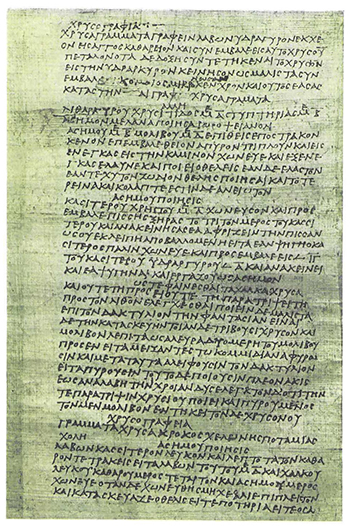 The Leyden papyrus – the earliest known document of chemistry – describes a way to make metals that look like gold.
The Leyden papyrus – the earliest known document of chemistry – describes a way to make metals that look like gold.
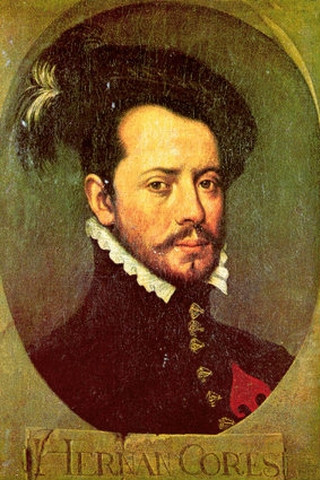 Hernán Cortés was one of many European explorers who ransacked the world in search of gold.
Hernán Cortés was one of many European explorers who ransacked the world in search of gold.
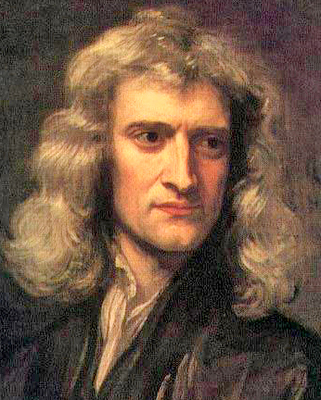 Isaac Newton was one of several great scientists captivated by alchemy.
Isaac Newton was one of several great scientists captivated by alchemy.
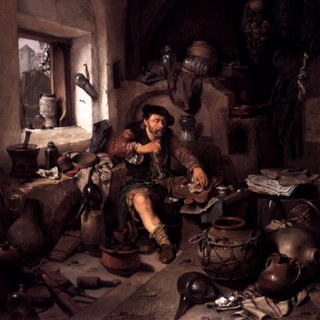 When they weren’t trying to make gold, alchemists made all sorts of salable products, including pigments and perfumes.
When they weren’t trying to make gold, alchemists made all sorts of salable products, including pigments and perfumes.
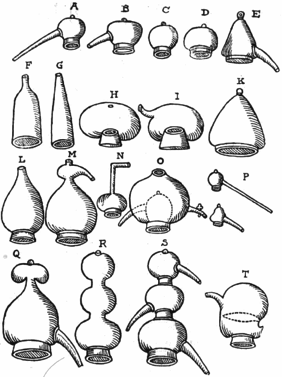 Alchemists developed many instruments later used in chemistry, including bellows and flasks.
Alchemists developed many instruments later used in chemistry, including bellows and flasks.
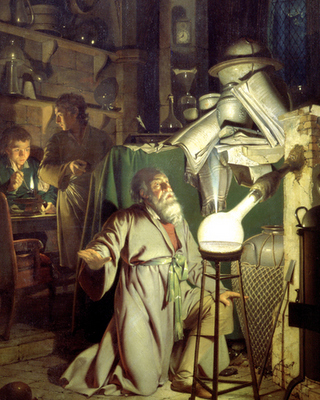 One night in 1669, German alchemist Hennig Brandt, searching for a way to make gold, instead discovered phosphorus – one of several chemical elements discovered by the alchemists.
One night in 1669, German alchemist Hennig Brandt, searching for a way to make gold, instead discovered phosphorus – one of several chemical elements discovered by the alchemists.
The Origins of Chemistry
Tucked away in a vault in a Dutch museum is the earliest known document about the science of chemistry – an ancient scroll called the Leyden Papyrus. Written in Egypt about 1,700 years ago and found among the wrappings of a mummy in the early 19th century, it includes dozens of metallurgical recipes. One of the most famous, says historian Lawrence Principe of Johns Hopkins University, is for the “water of sulfur,” a liquid that could make silver mimic the appearance of gold. So right from its earliest days, the science of chemistry was tied up with the human fascination with gold.
Of all the metals found on earth, none has so captured the human imagination. Too soft for making tools, gold has been prized instead for its beauty and unfading luster. For thousands of years, explorers and conquerors crossed oceans, continents, deserts and mountains in pursuit of the yellow metal, sometimes dispatching whole civilizations in the process. Small wonder this precious substance, a source of wealth and power for those who had it, drew the attention of Egypt's ancient metallurgists.
The Birth and Spread of Alchemy
But around the time the Leyden papyrus was written, an important change took place. What had begun as an attempt to create imitations of gold turned into a quest to make real gold from lesser metals. It was the beginning of alchemy. The quest to make gold would occupy thousands of workers for the next 1,500 years, making alchemy the longest laboratory tradition in human history.
After its birth in ancient Alexandria, alchemy was embraced by Islamic scholars and became an Arabic science. In fact, the very word “alchemy” reveals these origins – “al” is the Arabic word for “the.” From northern Africa, alchemy spread throughout the Islamic world, including Spain. Beginning in the 12th century, it spread from Spain to the rest of Europe, reaching its peak in the 16th and 17th centuries, when it commanded the attention of scientific greats like Robert Boyle and Isaac Newton.
Turning One Element into Another
The long and fruitless quest to turn lead into gold seems silly to many people today – a colossal waste of time and effort. Thanks to modern science we now know that matter comes in more than 100 varieties, neatly arrayed in the Periodic Table, and that most of these elements (all but the radioactive ones) are fixed and unchanging: Lead is lead, and gold is gold, and you can't turn one into the other. But it took many centuries for this concept of the chemical elements to evolve. The alchemists, Principe says, had a different theory of matter – one that made the “transmutation” of one element into another seem “absolutely reasonable from their point of view.”
While today we think of metals like gold and tin and lead as elements, the alchemists believed these metals were compounds, produced underground through the combination of simpler substances – a wet substance, which they called mercury, and a dry one, which they called sulfur.
By combining these simpler substances in the laboratory in just the right ratios, alchemists believed, they could turn base metals like lead into gold. But it was a laborious process requiring many steps. The better way, Principe says, was to use the shortcut known as the Philosophers’ Stone – “if only you could figure out how to make it.”
Chemistry’s Debt to Alchemy
While many people today think of alchemy as the misbegotten effort to turn lead into gold, it was actually much more than this. Alchemists made all sorts of materials for commerce, including medicines, pigments, metallic alloys, perfumes and cosmetics. In working with these materials, the alchemists learned an enormous amount about the nature of matter and how different materials could be isolated and combined. They handed this knowledge down to modern science.
Alchemists invented experimental techniques (distillation, for example) and laboratory tools (funnels, flasks, cupels, etc.) still used by chemists today. They were also the first to isolate certain metals we now know to be elements, including antimony, arsenic and zinc. There’s no better illustration of how alchemy contributed to scientific knowledge than the story of the discovery of phosphorus.
Phosphorus: An Accidental Discovery
One night in 1669, a German alchemist named Hennig Brandt was searching, as he did every night, for a way to make gold. For some time, Brandt had focused his research on urine. He was certain the "golden stream" held the key.
On this night, Brandt’s patience would at last be rewarded. He had boiled the urine down to a concentrated paste. Now he subjected it to intense heat. Suddenly, glowing fumes filled the vessel, giving off a powerful odor. Was this the legendary elixir that would turn lead into gold?
Alas, it was not. Brandt had stumbled on the element phosphorus. It was in just this way that many of the elements were discovered by alchemists and later investigators. Working with the substances of nature, they set out to make something useful or valuable ... but sometimes found knowledge instead.